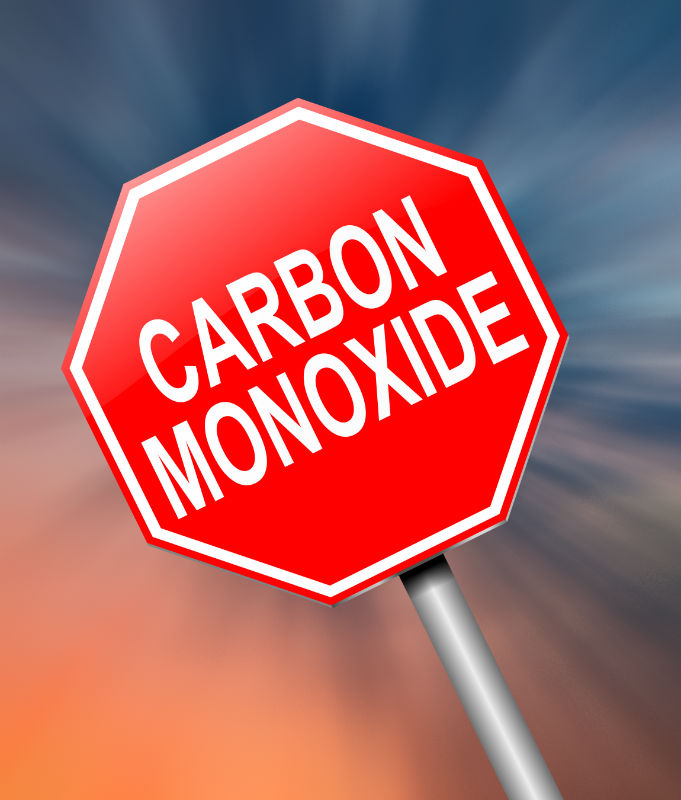Every winter, we hear stories about the dangers of carbon monoxide poisoning, and we see sad news stories featuring victims of the invincible, odorless gas. That leaves many people with questions about carbon monoxide poisoning and how to keep their families safe. Here are some frequently asked questions regarding carbon monoxide and what you need to know.
Where does carbon monoxide come from?
Carbon monoxide is the result of combustion; that means carbon monoxide is generated anytime fuel is burned. In our homes, carbon monoxide is generated by fireplaces and gas-fueled appliances, such as stoves, fireplaces and clothing dryers. It’s generated by cars, camp stoves and grills. When carbon monoxide is properly vented, it doesn’t cause any problems.
 What causes carbon monoxide poisoning?
What causes carbon monoxide poisoning?
Carbon monoxide poisoning occurs when carbon monoxide isn’t able to exit a space. That can happen due to a faulty appliance or the burning of fuel without proper ventilation. When carbon monoxide builds up in the air and is inhaled by people, the carbon monoxide molecules, rather than oxygen, bond with blood cells. That means that people who are exposed to high levels of carbon monoxide stop receiving the amount of oxygen needed for their brains and bodies to function.
What are the symptoms of carbon monoxide poisoning?
The early symptoms of carbon monoxide poisoning are easy to ignore. They include headaches, dizziness, nausea and sleepiness. As carbon monoxide poisoning progresses, it can cause confusion and loss of consciousness. Eventually, organs begin to fail due to the loss of oxygen.
How do you prevent carbon monoxide buildup in your home?
It’s important to make sure that all fuel-burning appliances are properly operating and properly ventilated in your home. Make sure that fireplaces, furnaces, and clothing dryer vents are cleaned and inspected at least once per year. Never burn appliances intended for the outdoors, like grills and camp stoves, indoors or in garages. Don’t run a gas-fueled space heater in an enclosed room. Never leave your car running in the garage.
How else can I keep my family safe?
Every home should be equipped with carbon monoxide detectors. There should be a carbon monoxide detector on every floor in the home and in all sleeping areas.
What should I do if I believe carbon monoxide is filling my home?
If your carbon monoxide detectors sound, or if people in your home start exhibiting symptoms of carbon monoxide poisoning, leave your home immediately. Call the fire department, and do not re-enter your home until it has been declared safe. People exhibiting signs of carbon monoxide poisoning should be taken to the hospital immediately.
The threat of carbon monoxide poisoning is real, and it is scary. However, there are plenty of steps you can take to keep you and your family safe. If you’re unsure of whether your fireplace poses a carbon monoxide hazard, call the professionals at Fluesbrothers Chimney Service to have your fireplace or heating stove cleaned and inspected.



